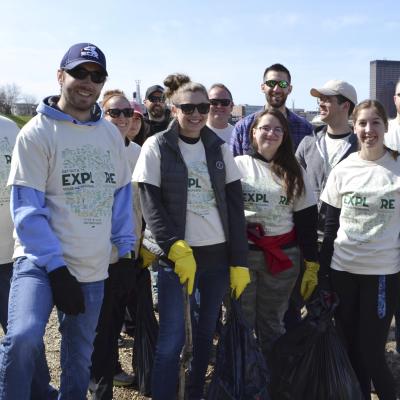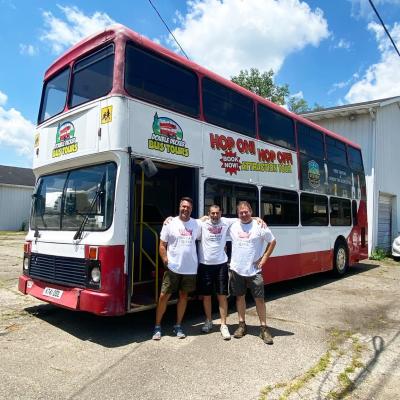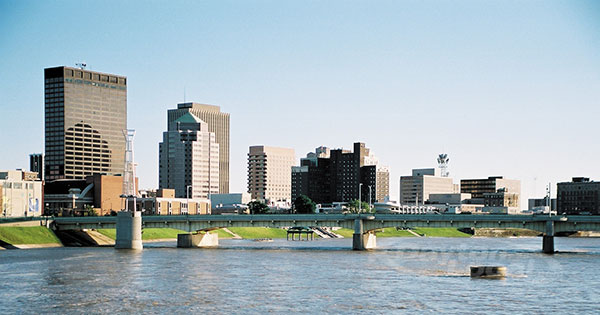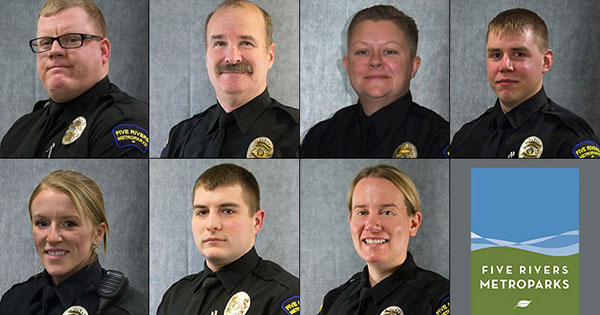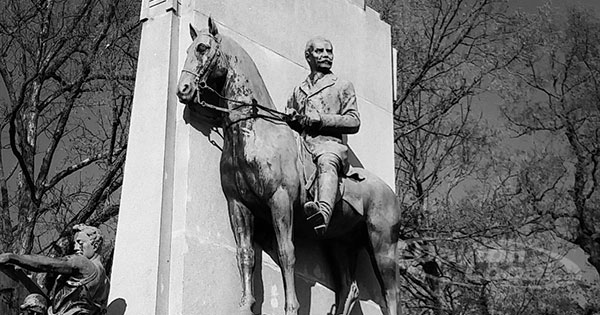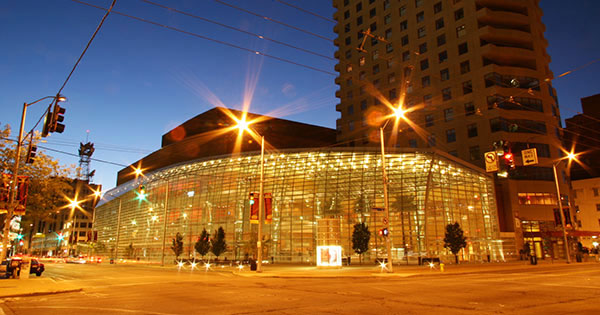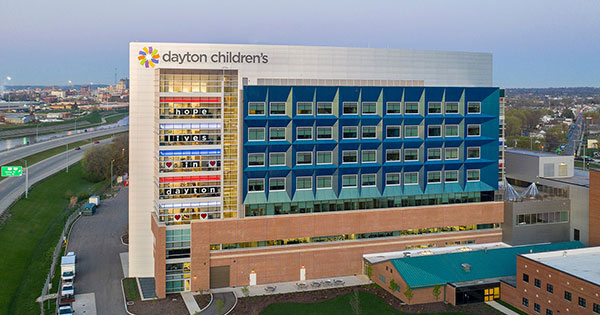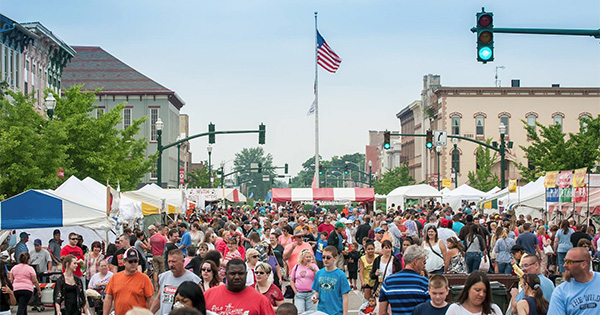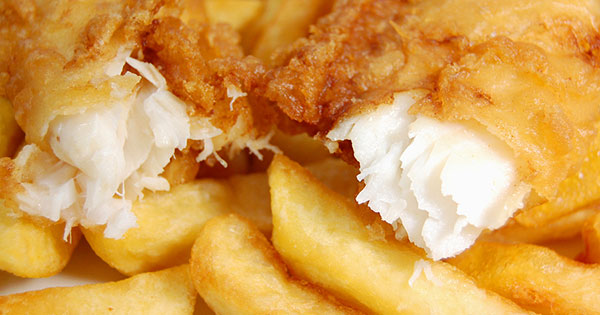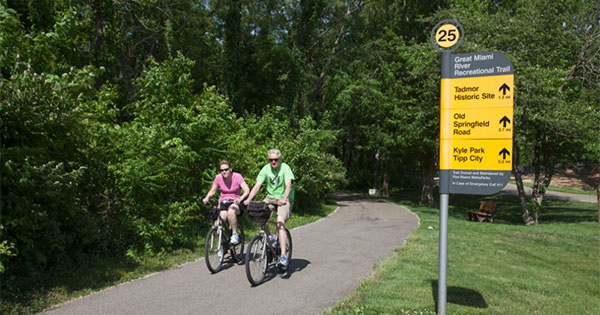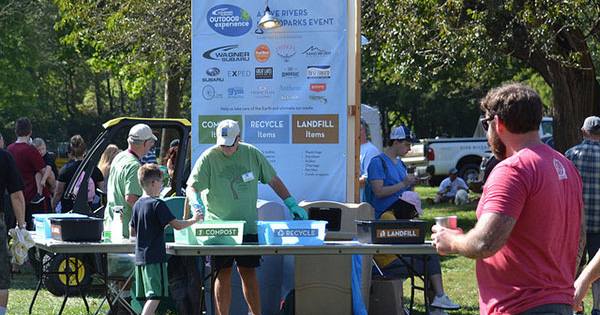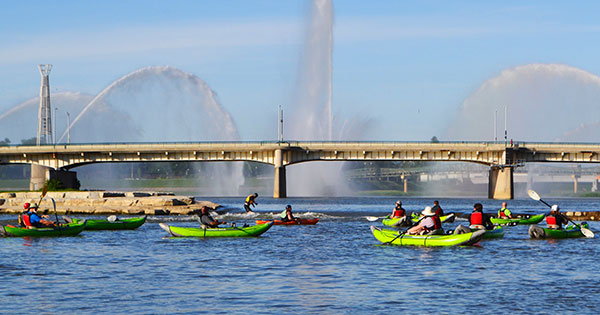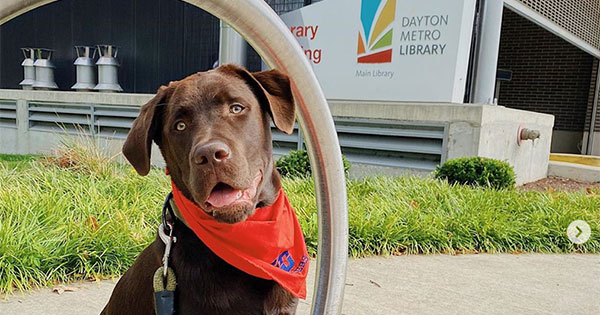New trails open at Germantown MetroPark
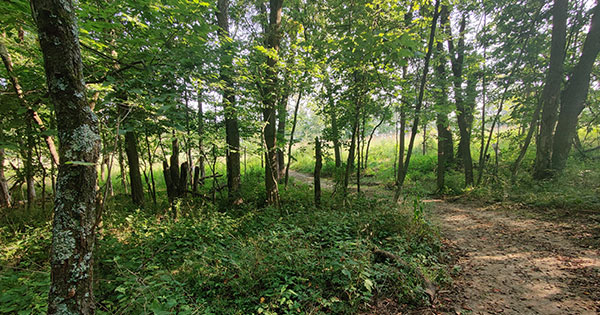
Public can now access 107 acres of former farmland MetroParks has transformed into a variety of habitat - including a pollinator prairie - as part of its conservation mission.
New trails open at Germantown MetroPark
Germantown MetroPark’s extensive hiking system has become even more robust with the opening of new trails. The easy-to-trek, natural surface trails allow the public to experience a successful conservation project: the transformation of former farmland into a pollinator prairie and wetland, part of Five Rivers MetroParks’ mission to protect the region’s natural heritage.
A number of trails have been improved or expanded in recent years as part of MetroParks’ strategic trail initiative, another conservation effort that improves habitat and decreases erosion. However, the trails at Germantown are the first new ones in a MetroPark in several years.
Two new trails and a new extension of an existing trail are now open: The 2-mile purple trail loop and the 0.7-mile brown loop are new, along with a new, 2.3-mile section of the park’s orange trail. This new extension increases the orange trail to 9.3 miles, making it Germantown MetroPark’s longest and most challenging trail. The extension of the orange trail, part of the Twin Valley Trail, also increases the mileage of this backpacking trek to nearly 30 miles.
All the new trails can be accessed from the sled hill/Twin Valley Trail parking lot, 6206 Boomershine Rd., and at a new gravel lot a little further south down the street. The new trails are suitable for beginners and seasoned hikers alike and are part of MetroParks’ new Heart Healthy Trails initiative. Trails can be viewed and navigated in MetroParks’ new mobile app, powered by OuterSpatial.
The trails traverse through several habitats, allowing hikers to experience Montgomery County’s rich biodiversity. Indeed, the opening of the trails is the culmination of a years-long conservation project.
Five Rivers MetroParks acquired the land on which the new trails were built with a grant from the Clean Ohio Fund in 2015. The U.S. Fish & Wildlife Service also helped fund this conservation project since protecting the dwindling monarch population is one of its priorities.
The 107-acre site was primarily farmland at that time, along with some woodlands. Since then, MetroParks staff and volunteers have transformed this greenspace with the goal of creating a special natural area for birds, bees and butterflies — particularly monarchs.
Efforts to create this greenspace include:
- In 2015, native seeds from MetroParks’ prairie seed nursery, also located at Germantown MetroPark and managed by Five Rivers MetroParks, were planted. The seeds of native plants attractive to pollinators — such as milkweed, the only plant on which monarchs lay their eggs — were used. By 2018, the pollinator prairie already was in full bloom and buzzing with such insects and birds as red tail hawks, locusts, Carolina wrens, field and song sparrows — and lots of monarchs. Other wildlife have been spotted, including rabbits, deer, coyotes and fox. All this indicates the area has a healthy ecosystem.
- In 2018, MetroParks staff began constructing a new wetland, using a series of levees to back up water. The wetland complements the prairie’s wildlife array by creating habitat for such species as dragonflies and a variety of frogs.
- In 2019, MetroParks trail specialists Mark Allen and Michael Cooper, with help from numerous volunteers, led the construction of the new trails — which is no easy task. Ecological protection, physical management and community needs must be balanced. That includes:
- Assessing the site, which includes examining topography and boundaries
- Conducting plant surveys for a year to inventory species and ensure new trails won’t damage rare plants
- Mapping the final trail — then starting the physical work of building it
“The public values trails as one of the most used and appreciated amenities of a park system,” regional park manager Mike Osborne said. “Most of the hard work of designing a sustainable trail is done before the shovels hit the ground. But the effort up front results in greatly improved eco-health, a decrease in maintenance costs and staff time, and with increased patron use and satisfaction.
“The new trail at Germantown MetroPark has been designed to protect special natural areas and inspire a personal connection with nature for generations to come,” Osborne added. “It’s also a great place for people to learn about biodiversity, as several habitats can be viewed in a compact area with an easily accessible trail.”
During the past 30 years, Five Rivers MetroParks staff and volunteers have planted and restored nearly 1,000 acres of prairie — the equivalent of almost 760 football fields. According to the National Park Service, the prairies of North America once covered 200 million acres and supported myriad wildlife, but less than 1% of this native habitat remains. That makes prairie restoration critical to protecting the environment since prairies benefit the soil and provide habitat for native wildlife, especially such pollinators as butterflies and birds. Pollinators are required for 85 percent of the world’s flowering plants to reproduce, and one-third of humans’ food is produced with the help of pollinators.
“In general, all pollinators are in trouble — and they’re all necessary for our natural areas and agricultural production,” said Grace Dietsch, Five Rivers MetroParks wildlife biologist. “Germantown MetroPark is a large natural area close to the Upper Twin Valley Conservation Area. In this larger, more stable natural area, we have an opportunity to enjoy great success.”


